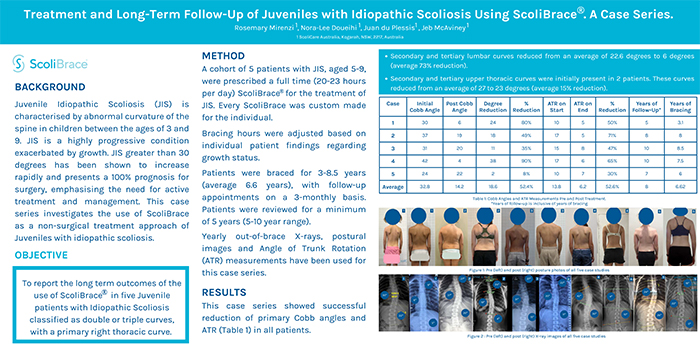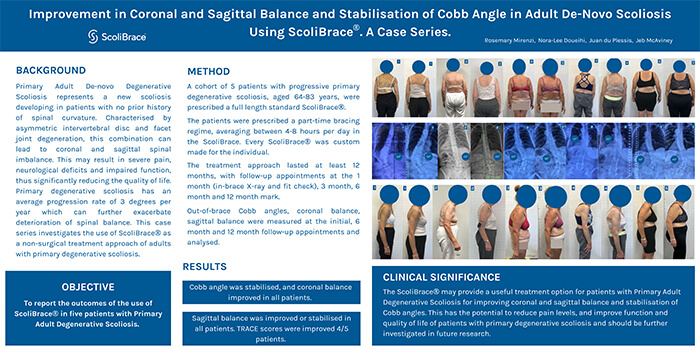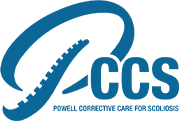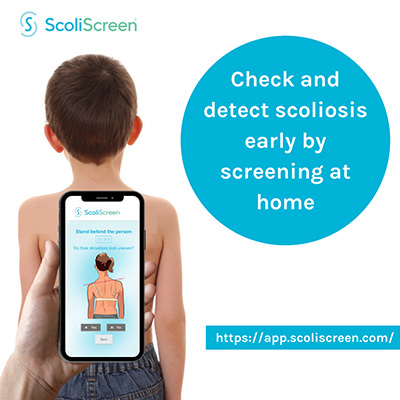What is Scoliosis
Scoliosis is a sideways bending of the spine. 80% of people with scoliosis have what is considered Idiopathic scoliosis, which means it is of unknown cause. Therefore, we must address and consider each possibility of causation, such as ligament tightness or weakness.
Seeking Care Early
There’s a saying, “as the twig is bent, so grows the tree.” The earlier you diagnose and treat spinal curvature, the greater your chance of success. On our website, we provide parents with a link that guides them to look for postural abnormalities that might indicate a problem with scoliosis.
Many patients come to our practice already diagnosed and looking for alternatives to surgery. Medical intervention involves spinal fusion when the curve becomes substantial. While this may ease the curve, pain and loss of flexibility increase the chances of needing assisted living to 40% by the age of 65.
What to Expect
With a multitude of potential causes, we must address and consider each. Problems like ligament tightness or weakness, muscle tightness or weakness, or any number of issues.
Patients answer a series of questions specific to scoliosis. We do a comprehensive physical orthopedic examination and postural evaluation, including posture photographs and X-rays, that allow us to take degree measurements and monitor progress throughout treatment.
After this examination is done and the patient qualifies for care, a report of findings and a prescription are provided detailing the length of care, expectations, and outcomes.
The typical adolescent plan consists of a 12-week program, and we have a tremendous success rate in curve reduction without surgery. Patients are expected to be active participants in their care, both in the clinic and at home, to achieve their goals.
![]()
Case Studies
Treatment and Long-Term Follow-Up of Juveniles with Idiopathic Scoliosis Using ScoliBrace. A Case Series.

Using ScoliBrace. A Case Series.

![]()



